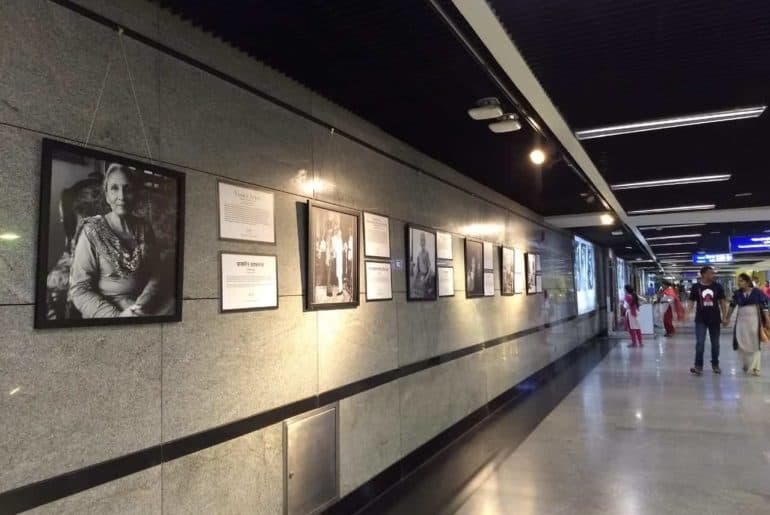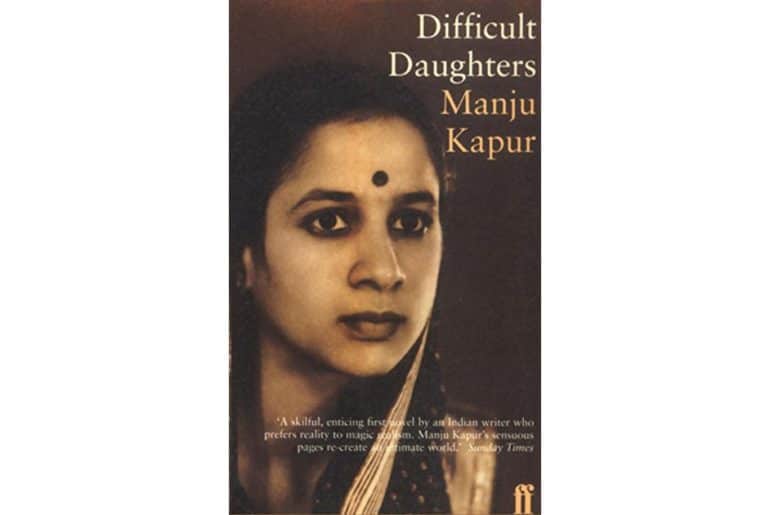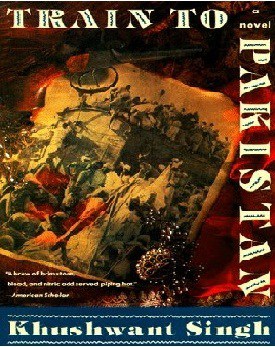What’s necessary – cultural unification or recovery of culture? Read ahead as the writer weighs these arguments with her Sindhiyat experience.
Kashish Shivani
“May I, a grandchild of Partition, be able to walk the streets of Anarkali…”, read a postcard addressed to the city of Lahore at an exhibition based on Partition held at the National Gallery of Modern Arts. Ghar, Zameen, jaydad of millions, all lost in the wake of a tragedy that still largely engulfs our nation. Apart from the daily vendetta what engulfs us more is the culture, and that for me as a writer is the Language.
So while answering questions arising from confusion over my surname, the dialogue outside is overtaken by the dilemma inside. Sindhi? But how? Just because of the surname? Because the river after which the entire community was named is almost on the verge of drying up, the place called Sindh was left almost 75 years ago. So what’s left of all is the language, the shores of which are drying up quickly.
“Even if you go somewhere empty-handed, you will take your language with you”, said my Urdu Professor. In the case of Sindhi, I guess it travelled too long, losing its tids and bits on the way, where it got disintigrated to that extent where we only got Johnny Lever in almost all movies adding Sai at the end of each sentence in the name of cultural representation and some chindi jokes.
So it does feel sad when you realise about the collective damage that so many of such communities have suffered at the altar of history through the hands of those who tried to shape it according to their whims. Such whims today talk of ‘our’ heritage, culture and its preservation, funnily such “our” does not aim at identifying the dynamic and diverse reality of this land rather in imposition of one culture, one language. That’s how politics is, the language used by poets and lovers to carve out confessions of love can be shaped fluently at the behest of ideologies to spew hatred in disregard of those very languages.
Linguistic hegemony has been a huge tool for controlling the narratives, be it the attempt to impose Urdu on Eastern Pakistan – later Bangladesh, a Bengali speaking region that became a major reason of partition between Western Pakistan and Eastern Pakistan or the unannounced but underlying duel of Urdu and Hindi that goes on amidst the deemed ‘champions’ of Linguistics.
In between this fight for hegemony no language appears to be a winner, Hindi imperialism does no good to Hindi with its negligence in academia or even for the ignored writers in the publishing scene, whose achievements are not even appreciated by these very “champions of Hindi”.
A lot has been lost already, to recover and preserve of what remains can’t be done with imposition of one language, attempts to promote lingustic diversity should be done with utmost necessity not just with language centres but with sharing of what is ‘ours’ and not imposition of what is being termed as ‘ours’ on a national level.




